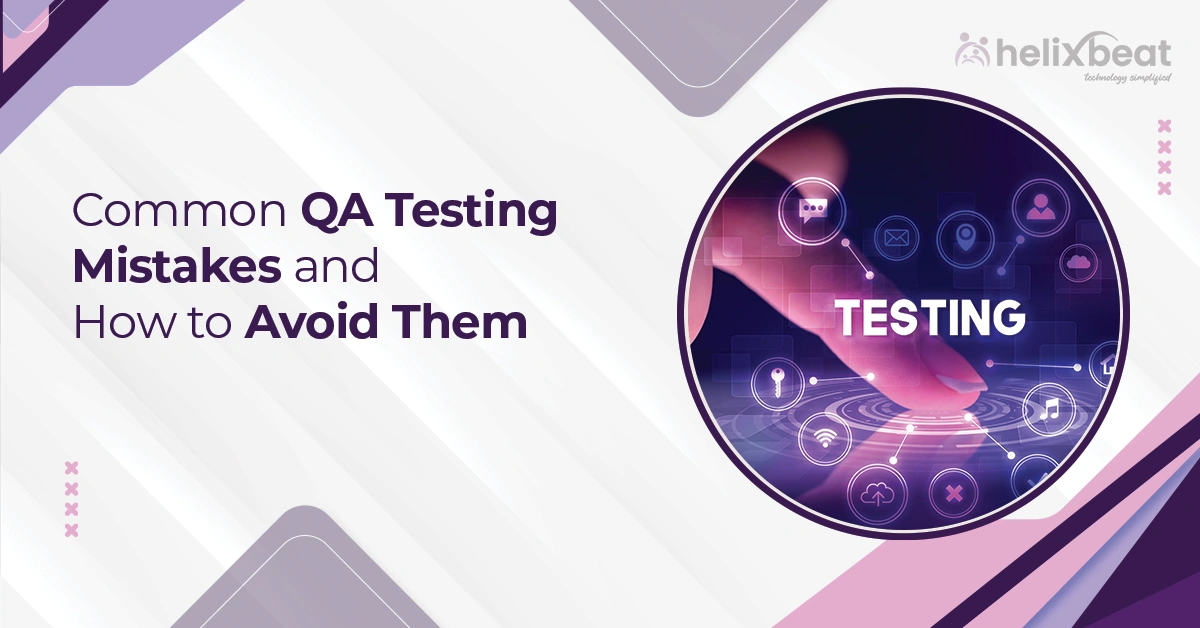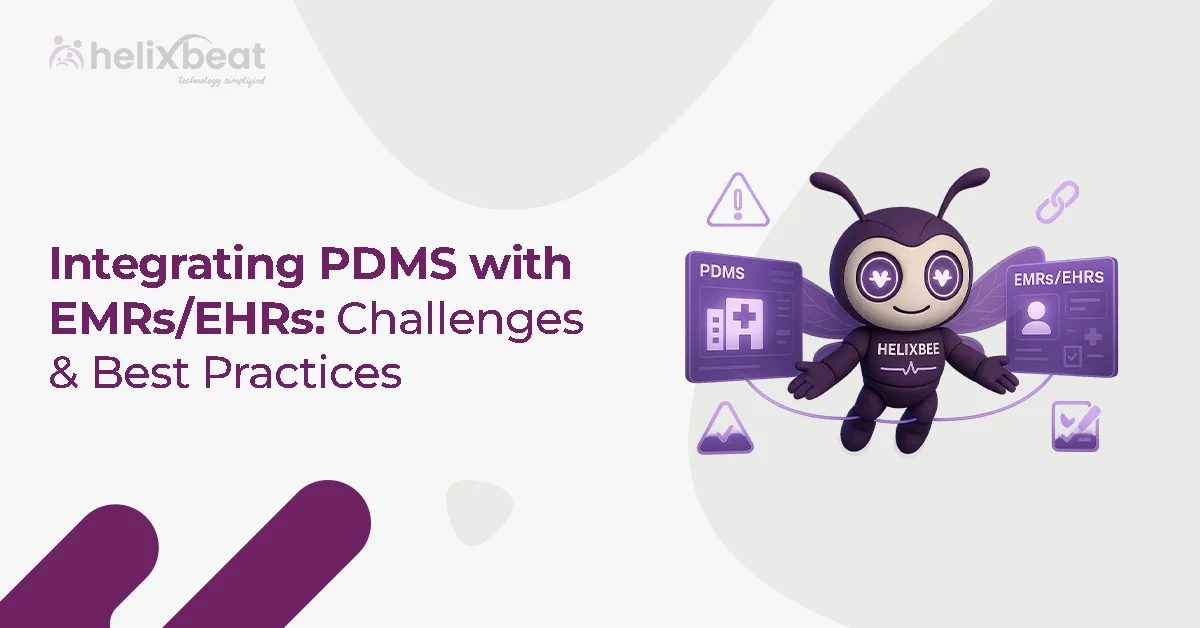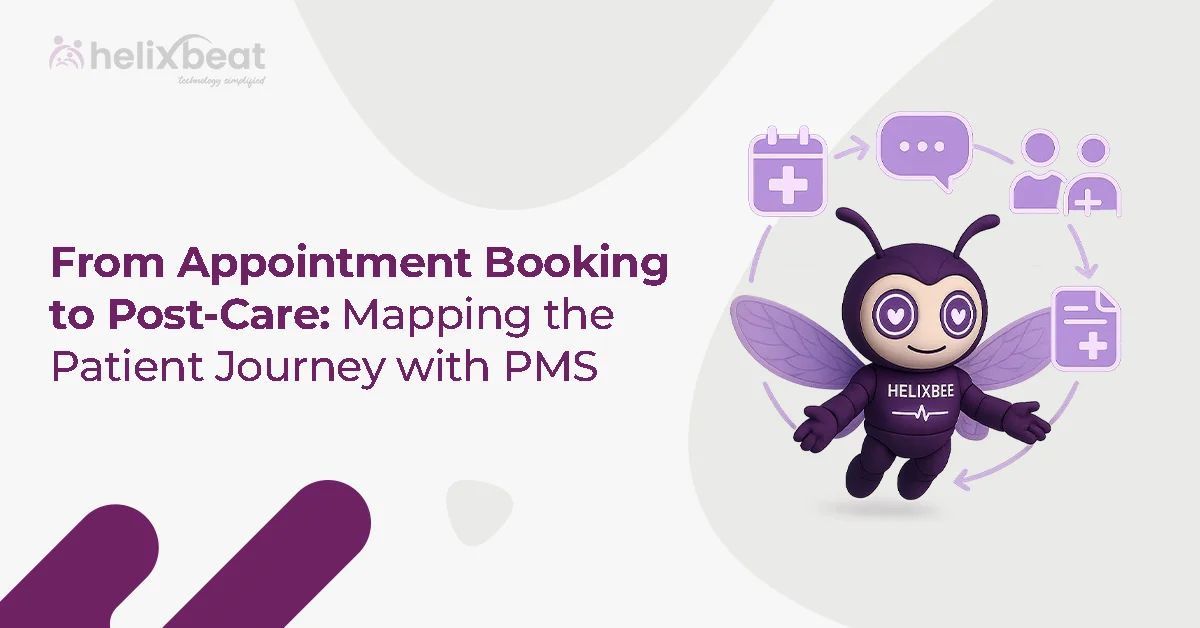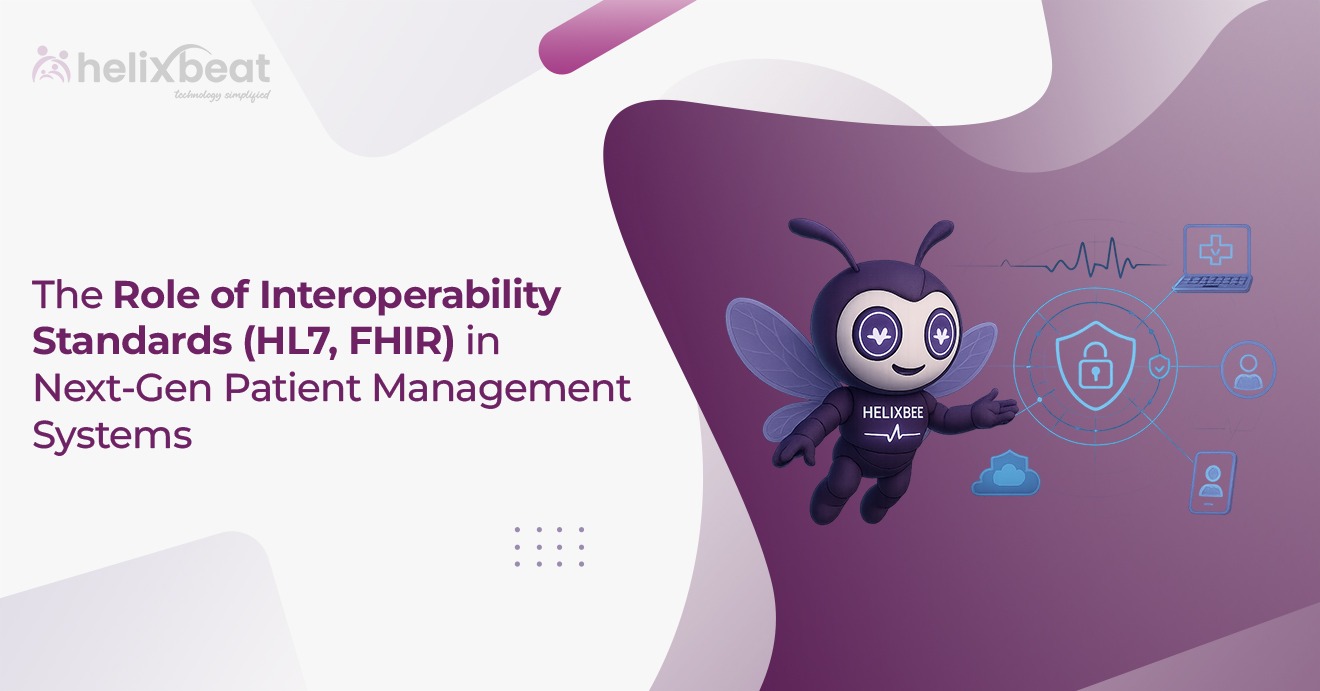Quality assurance (QA) is an essential part of software development, ensuring that applications function correctly, securely, and efficiently. Yet, many businesses make critical mistakes in their QA testing strategies, leading to performance issues, security vulnerabilities, and dissatisfied users. Avoiding these pitfalls is crucial for delivering high-quality software that meets user expectations and industry standards.
In this guide, we’ll explore the most common QA testing mistakes, their impact on software development, and practical ways to avoid them.
Table of Contents
Why Is QA Testing So Important?
QA Testing plays a crucial role in software development, ensuring that applications function as expected while meeting security and performance standards. Without a well-structured QA process, businesses risk delivering software that is buggy, inefficient, and vulnerable to cyber threats. Poorly tested applications can lead to financial losses, customer dissatisfaction, and compliance issues.
Businesses that neglect QA Testing risk:
- High operational costs due to late-stage bug fixes, which are more expensive and time-consuming than early defect detection.
- Poor user experience, resulting in negative reviews, reduced customer retention, and increased churn rates.
- Security vulnerabilities, which can expose sensitive user data, leading to legal consequences and reputational damage.
- Delayed product launches, affecting go-to-market timelines and causing businesses to lose their competitive edge.
By leveraging QA Testing Services, businesses can proactively identify defects, optimize software performance, and improve overall product stability. A well-implemented QA strategy ensures that applications are reliable, scalable, and compliant with industry regulations, reducing the risk of failures post-launch. With advanced testing methodologies, including automated and manual testing, businesses can enhance efficiency while delivering a seamless user experience.
Investing in QA Testing Services is not just about detecting errors—it is about delivering a high-quality product that aligns with business objectives and user expectations.
Common QA Testing Mistakes and How to Avoid Them
Effective QA Testing is critical to delivering high-quality, reliable software. However, many businesses make common mistakes that compromise software performance, security, and user experience. Understanding these pitfalls and implementing the right QA Testing Services can help businesses prevent costly errors and ensure a seamless product launch.
1. Incomplete Test Coverage
One of the most significant mistakes in QA Testing is failing to test all critical aspects of an application. Many teams focus heavily on functional testing while overlooking essential areas like security, performance, and usability testing.
How to Avoid It:
- Implement a comprehensive QA Testing strategy that covers functional, performance, security, and compatibility testing.
- Leverage QA Testing Services to ensure structured and repeatable testing processes.
- Use test automation tools to validate all software aspects consistently.
- Partner with a QA Testing Services company that specializes in end-to-end testing.

2. Relying Solely on Manual Testing
While manual testing is essential for exploratory and user experience testing, relying solely on it can slow down the development cycle and increase human errors.
How to Avoid It:
- Implement QA automation testing services to handle repetitive and time-consuming test cases.
- Use Continuous Integration/Continuous Deployment (CI/CD) pipelines to run automated tests frequently.
- Balance manual and automated testing to enhance efficiency and ensure optimal test coverage.

3. Not Testing for Scalability
Software that works well under normal conditions may fail when subjected to a higher-than-expected user load, making scalability testing crucial.
How to Avoid It:
- Conduct load and stress testing to measure system performance under varying traffic conditions.
- Simulate real-world scenarios using advanced testing tools.
- Work with a QA services company that specializes in performance and scalability testing.

4. Poorly Defined Testing Objectives
Without well-defined testing objectives, QA teams may overlook key software functionalities, leading to undetected defects that cause issues post-launch.
How to Avoid It:
- Develop a clear test plan outlining the scope, objectives, and expected outcomes.
- Use requirement traceability matrices to ensure all business requirements are met.
- Regularly update test plans to accommodate new features and system changes.

5. Ignoring Security Testing
Security vulnerabilities can expose sensitive data, leading to compliance issues, financial losses, and reputational damage. Unfortunately, many businesses focus on functionality while neglecting security.
How to Avoid It:
- Integrate security testing into the development cycle from the early stages.
- Conduct penetration testing to identify vulnerabilities before they are exploited.
- Leverage QA Testing Services that specialize in security testing to ensure compliance with industry standards like HIPAA.

6. Not Testing on Different Devices and Browsers
Software that performs well on one platform may fail on another due to compatibility issues, affecting the user experience.
How to Avoid It:
- Conduct cross-browser and cross-device testing to verify compatibility.
- Use cloud-based testing platforms to simulate multiple environments.
- Implement responsive design testing to ensure UI consistency across all platforms.

7. Skipping Regression Testing
New updates or added features can inadvertently disrupt existing functionalities if regression testing is overlooked.
How to Avoid It:
- Implement automated regression testing to detect and fix issues early.
- Maintain a dedicated regression test suite to validate core software functionalities.
- Conduct regression tests after every significant code update to ensure software stability.

8. Testing Too Late in the Development Cycle
Delaying QA Testing until the final stages of development can lead to costly bug fixes, project delays, and compromised software quality.
How to Avoid It:
- Adopt a shift-left testing approach, where testing begins in the early development stages.
- Integrate continuous testing as part of an Agile or DevOps workflow.
- Collaborate with a QA services company to embed QA processes from project initiation.

9. Lack of Proper Documentation
Without well-documented test cases, QA teams may struggle with inconsistencies in test execution, making bug tracking and resolution inefficient.
How to Avoid It:
- Maintain clear and up-to-date test case documentation.
- Use bug tracking tools to document issues systematically.
- Establish seamless communication between development and QA teams to ensure smooth workflows.

10. Overlooking User Experience (UX) Testing
Even if software functions correctly, poor user experience can result in low adoption rates and customer dissatisfaction.
How to Avoid It:
- Conduct usability testing with real users to identify pain points.
- Use A/B testing to compare different UI/UX elements and choose the most effective design.
- Leverage QA Testing Services that emphasize UX-focused testing.

Final Words
Ensuring a smooth and error-free software experience starts with avoiding common QA testing mistakes. A well-structured QA testing process not only improves software quality but also enhances security, scalability, and user satisfaction. Investing in professional QA testing services helps businesses identify potential risks early, reduce costly errors, and deliver reliable applications.
At Helixbeat, we offer end-to-end QA testing solutions, covering functional testing, performance testing, security testing, and automation testing. With advanced methodologies and industry best practices, we help businesses streamline their QA workflows and accelerate software releases without compromising quality.
If you’re searching for a reliable partner to enhance your software quality, Helixbeat’s expert QA testing services can help you eliminate testing challenges and build a seamless, high-performing product. Partner with us today to take your QA strategy to the next level!
FAQs
1. What is the biggest mistake in QA testing?
Failing to conduct comprehensive test coverage is one of the most common and costly mistakes.
2. How can automation improve QA testing?
Automation enhances accuracy, speeds up testing cycles, and ensures consistency in test execution.
3. Why is regression testing important?
Regression testing ensures that new updates do not break existing functionality.
4. What role does security testing play in QA?
Security testing identifies vulnerabilities and protects software from cyber threats.
5. How does cross-browser testing help in QA?
It ensures that applications function correctly across different browsers and devices.
6. What is shift-left testing in QA?
Shift-left testing means integrating QA early in the development cycle to detect issues sooner.
7. Why is usability testing essential in QA?
Usability testing improves user experience and ensures intuitive software design.
8. Can poor documentation affect QA testing?
Yes, poor documentation leads to inconsistencies in test execution and bug tracking.














